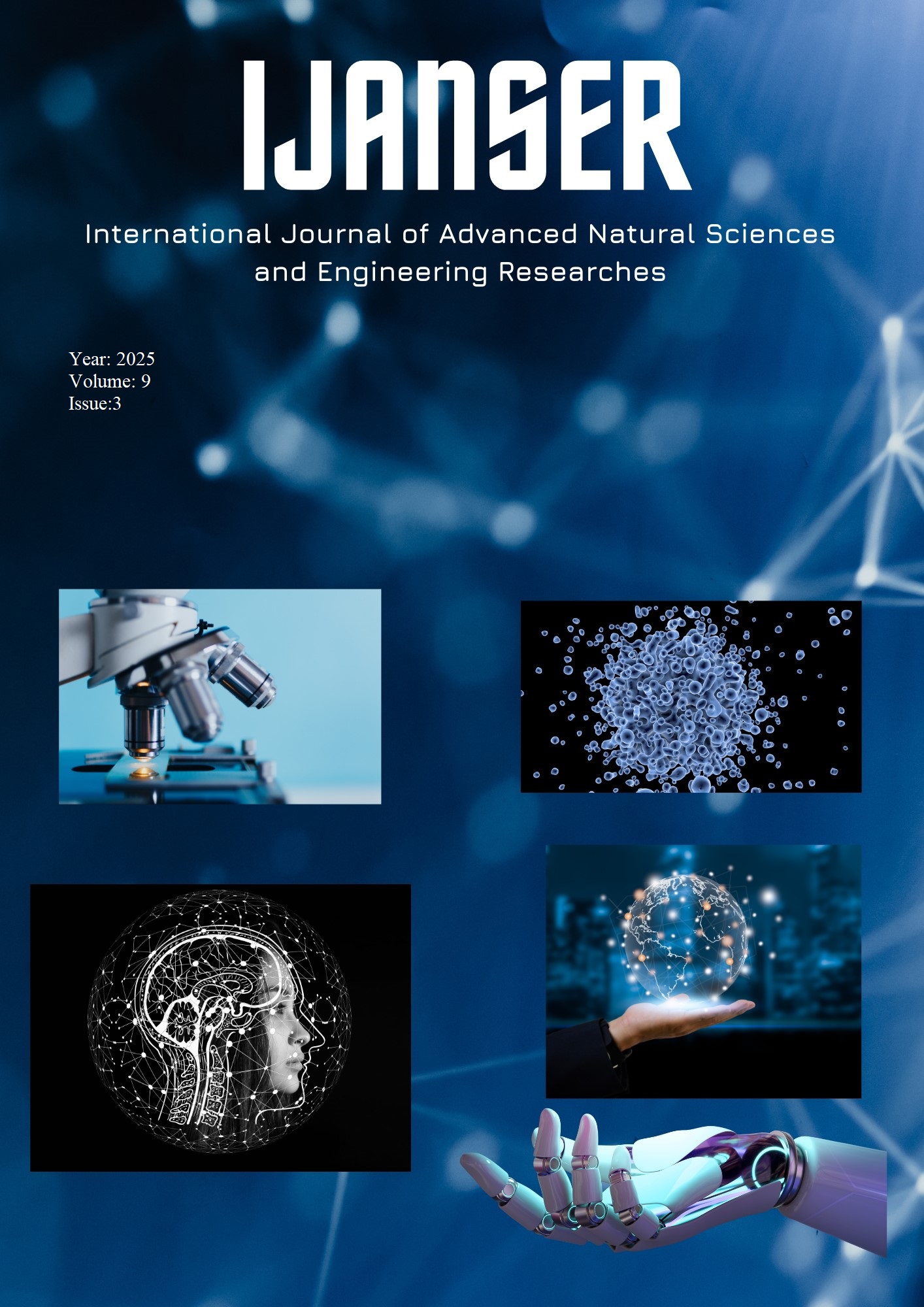The importance of using visualization and simulation in teaching programming
DOI:
https://doi.org/10.5281/zenodo.15038480Keywords:
Visualization, Simulation, Teaching Programming, Algorithm Visualization, Educational ProcessAbstract
Visualization and simulation techniques are increasingly used in computer science and
teaching programming to help students gain a deeper understanding and develop their problem-solving
skills. Learning the basics of programming is often difficult for novice students, especially when it comes
to understanding abstract concepts such as algorithms, data structures, and control structures. The use of
visual tools and interactive simulations provides an opportunity to put theoretical knowledge into
practice, thereby reducing cognitive load and increasing motivation.
The study presents the benefits of using visualization and simulation methods in teaching programming,
with a particular focus on algorithm visualization, block-based programming environments, and
simulation models. During the research, we analyzed various tools and platforms that can help students
learn the fundamentals of programming more easily. The results show that visual learning strategies
contribute to the development of problem-solving skills and the practical application of theoretical
knowledge. The study aims to provide guidance for programming educators on how to effectively
incorporate modern technologies into the educational process.
Downloads
References
Gabaľová, V., Lengyelová, A., Oppenberger, H.V. and Stoffová, V., 2023. ICT in children's compulsory pre-school education. In EDULEARN23 Proceedings (pp. 2334-2338). IATED.
Czakóová, K., Takáč, O. and Végh, L., 2023. Program Code Simulation by Using Ozobot. International Journal of Advanced Natural Sciences and Engineering Researches, 7(10), pp.441-444.
Stoffová, V. and Gabaľová, V., 2023. Creation Of Electronic Teaching Aids And Didactic Applications By Teachers. In ICERI2023 Proceedings (pp. 5344-5353). IATED.
Dancsa, D., Štempeľová, I., Takáč, O. and Annuš, N., 2023. Digital tools in education. International Journal of Advanced Natural Sciences and Engineering Researches, 7(4), pp.289-294.
Gabaľová, V., 2023. Microworlds as a first step in teaching programming. In EDULEARN23 Proceedings (pp. 2329-2333). IATED.
Hyksova, H., Stoffová, V. and Gabaľová, V., 2022. Teaching robotics and online programming using a virtual robot. In INTED2022 Proceedings (pp. 7140-7147). IATED.
Végh, L. and Stoffová, V., 2017. Algorithm animations for teaching and learning the main ideas of basic sortings. Informatics in Education, 16(1), pp.121-140.
Singh, A.P., 2024. Sorting and Path Finding Algorithm Visualizer. International Journal on Smart & Sustainable Intelligent Computing, 1(2), pp.40-48.
Pšenáková, I. and Baganj, I., 2016. Možnosti využitia prostriedkov virtuálneho sveta vo vzdelávaní. Edukacja-Technika-Informatyka, 7(1), pp.212-218.
Czakóová, K. and Takáč, O., 2022. Interactive Programming Tools for Beginners in Elementary School Informatics. In EDULEARN22 Proceedings (pp. 5588-5595). IATED.
Bunn, T., Anslow, C. and Lundqvist, K., 2024. Towards a Python 3 processing IDE for teaching creative programming. Multimedia Tools and Applications, 83(38), pp.86247-86260.
Pšenaková, I. and Szabó, T., 2018, November. Interactivity in learning materials for the teaching. In 2018 16th International Conference on Emerging eLearning Technologies and Applications (ICETA) (pp. 445-450). IEEE.
Stoffová, V. and Gabaľová, V., 2023. Interactive Simulation Models for Teaching and Learning of Computer Science. In INTED2023 Proceedings (pp. 3945-3953). IATED.
Gabaľová, V. and Stoffová, V., Programovanie v prostredí Lazarus na stredných školách. Przygotowanie nauczycieli do nowych wyzwań edukacyjnych: Problemy współczesnej edukacji, pp.158-167.
Udvaros, J. and Forman, N. (2024). Tinkercad as a virtual laboratory. In Proceedings of the International Conferences on e-Learning and Digital Learning 2024, Sustainability, Technology and Education 2024 (pp. 91–97).
Abonyi-Tóth, A., 2021. Possibilities of Simulating Robot Generations in Public Education. Central-European Journal of New Technologies in Research, Education and Practice, pp.1-19.
Eguíluz, A., Garaizar, P. and Guenaga, M., 2018. An evaluation of open digital gaming platforms for developing computational thinking skills. Simulation and gaming, 10.
Korhonen, A. and Malmi, L., 2000, July. Algorithm simulation with automatic assessment. In Proceedings of the 5th annual SIGCSE/SIGCUE ITiCSEconference on Innovation and technology in computer science education (pp. 160-163).
Végh, L. and Czakóová, K., 2023. Possibilities of using games in teaching and learning the basic concepts of object-oriented programming. In INTED2023 Proceedings (pp. 5329-5334). IATED.





